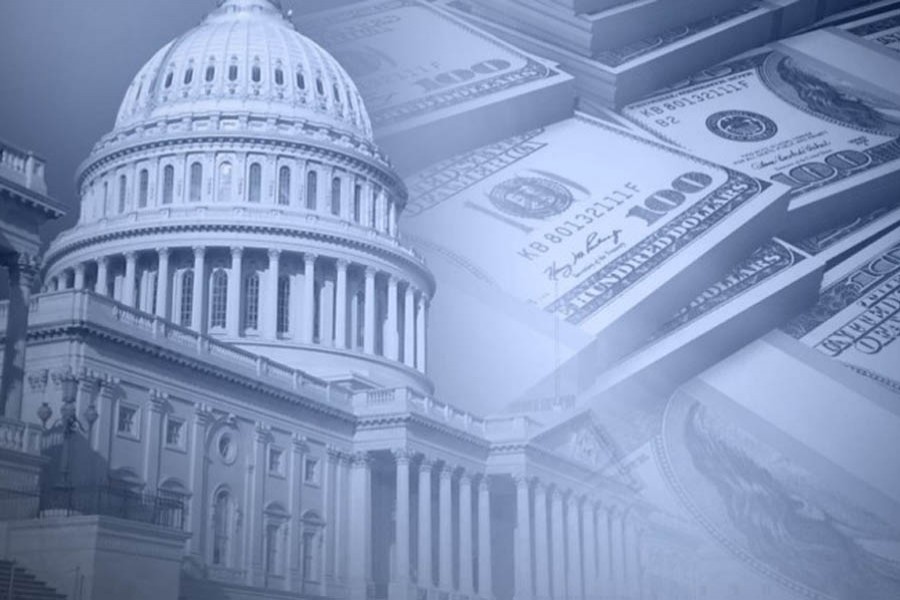The US budget deficit rose to 779 billion US dollars in the fiscal year 2018 (FY 2018) ending Sept. 30, the highest since 2012, according to the US Treasury Department report.
US government spending grew by 3.2 per cent compared with the previous fiscal year, while government receipts rose by 0.4 per cent.
The budget deficit as a share of US gross domestic product (GDP) rose to 3.9 per cent, up from 3.5 per cent in the previous fiscal year, the report said.
Analysts said the Trump administration's tax cut and increased government spending have contributed to the rise of budget deficit in Donald Trump's first full fiscal year as US president.
The Congressional Budget Office (CBO) has warned that growing budget deficits would boost US public debt sharply over the next 30 years if current laws generally remained unchanged.
The public debt could approach 100 per cent of US GDP by the end of the next decade and 152 per cent by 2048, reaching the highest level in the US history, according to the CBO, reports Xinhua.
"The President is very much aware of the realities presented by our national debt," Mick Mulvaney, director of the White House Office of Management and Budget, said Monday in a statement.
"This fiscal picture is a blunt warning to Congress of the dire consequences of irresponsible and unnecessary spending," Mulvaney said.
Kevin Hassett, chairman of the White House's Council of Economic Advisers, said last week that the Trump administration would unveil measures soon to address the federal government's big budget deficit.
"You'll start to see things in the next few weeks -- then you'll see a much more aggressive stance" in tackling it, he said, but declining to give details of the administration's budget plans.


